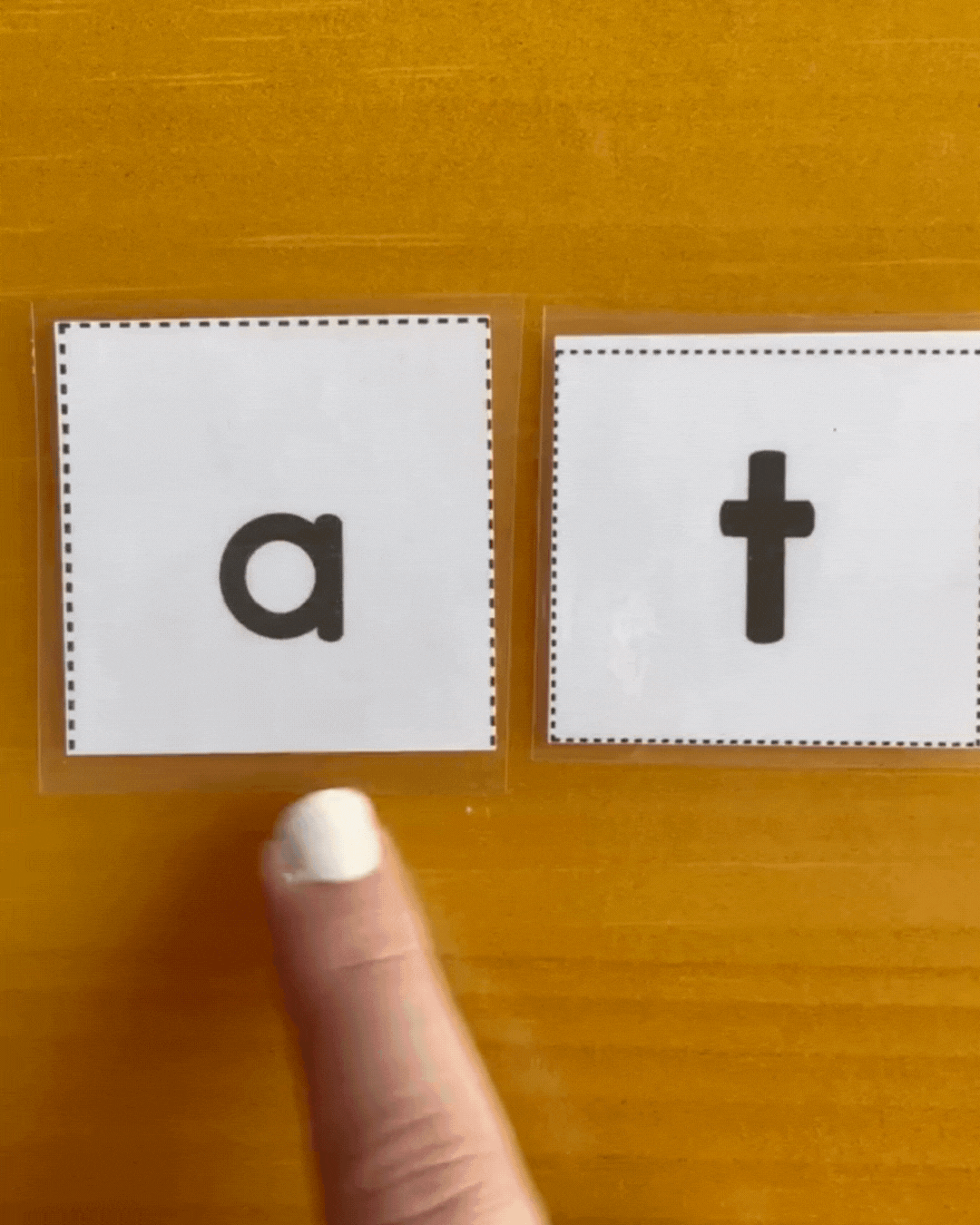3 Tips to Try When the Letter Sounds Just Don't Stick
- Elizabeth King

- May 29
- 3 min read

Letter Sound Drills
Use letter cards with lowercase letters to practice saying the letter sounds on a daily basis. Start with a few letters that your child already knows, and add a letter or two to the stack each day. Be sure to add in both unfamiliar letters as well as letters your child knows really well. You want your child to feel successful doing the letter drill. If your child doesn't know a letter sound or says it incorrectly, just give a quick correction, have them repeat after you, and circle back to that card once you run through the others. If your child says the letter name instead of the sound, you can say, "That's the letter name. What's the sound?" Circle back to that letter once you've gone through the stack. Remember to give positive feedback and let your child know it's okay to make mistakes!

Letter Sound Recognition Games
In addition to doing letter sound drills with letter cards, you also want to practice identifying which letter makes a sound. When you introduce new letters to your child, you will start by showing them each card and telling them what sound the letter makes. You will have them repeat the sound. Once you've done a quick introduction, then you can lay out the letter cards and have your child tap or slap the letter based on the sound it makes. So, for example, if you're working on the letters A and M, you would say, "Tap the letter that says /m/," and your child should tap letter M. Then you would ask your child to tap the letter that says /a/, and your child should tap letter A. You could also have them use a flyswatter to swat the letters or take a toy and place the toy on the letter that makes that sound.

If you're looking for alphabet cards to use for letter learning, check out these alphabet flash cards in my store here: https://www.teacherspayteachers.com/Product/Alphabet-and-Phonics-Flash-Cards-Uppercase-Lowercase-Letter-Sounds-Preschool-13031702

You can also use Montessori sandpaper letters! I love these because you can use them for letter sound recognition practice and letter tracing at the same time, making letter learning a multisensory activity. This can help your child's brain retain the information more quickly! I use these sandpaper letters from Pink Montessori in my teaching practice:

Practice Building VC Words with the Letters
If your child is still struggling with learning letter sounds and blending those sounds, building CVC words might be a little challenging at this point too. Instead of going straight to sounding out CVC words, you can try building VC words instead (these are words with a vowel and a consonant, like at, it, on, and up).
For this activity, you will need magnetic letters or small letter cards that you cut and laminate. Have your child build VC words like the word 'at' and then point to each letter, saying the sounds, and then blend to make the word, stretching out that first sound so that your child can hear how the sounds blend together to make a word. Using continuous sounds when first learning how to blend letters can make it easier for your child to blend the sounds together.
I hope these tips are helpful for you as you continue to work with your child on letter sounds! Just remember that you are capable of helping your child learn. You can make it fun while also being effective. It takes some practice and confidence, but it's so worth it. Don't worry if your child is not where they "should" be. They will get there with your encouragement and support. You are doing a great job!









Comments